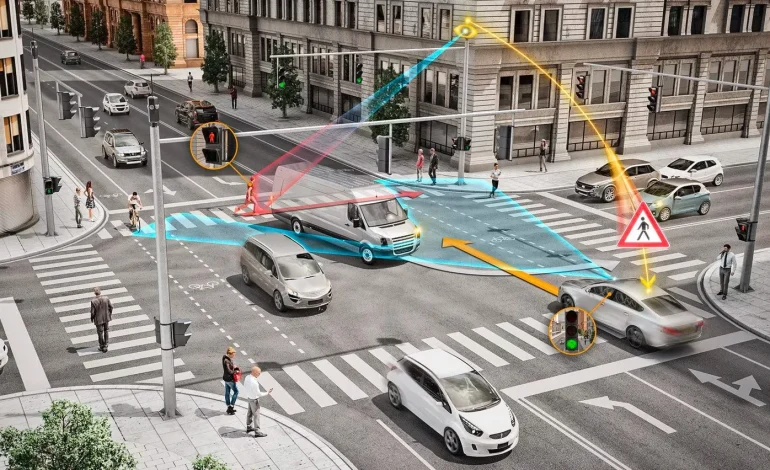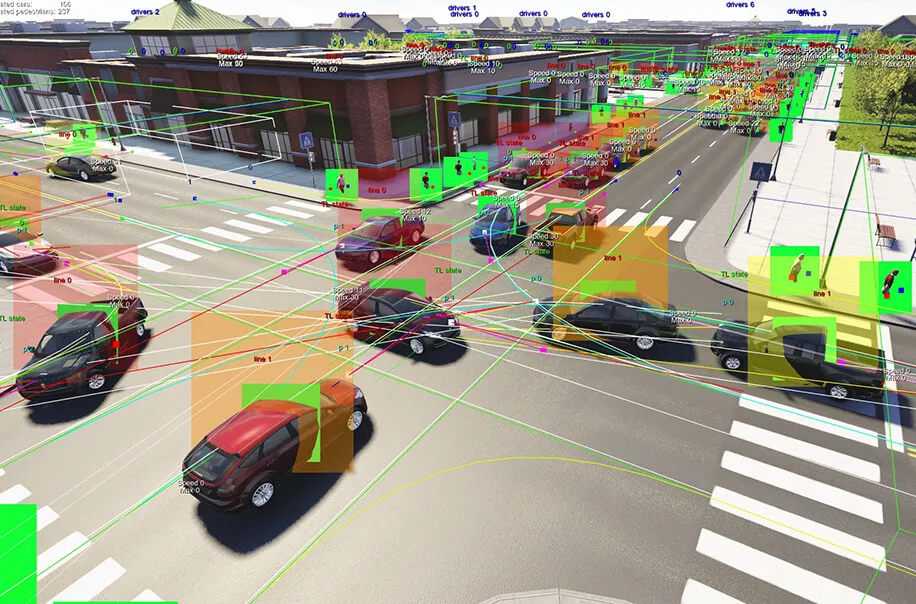China Deploys Smart Traffic Management in Pilot Cities

China has implemented smart traffic management systems in multiple pilot cities to reduce congestion, improve road safety, and optimize urban mobility. Leveraging artificial intelligence (AI), Internet of Things (IoT) sensors, and high-speed connectivity, these systems monitor traffic flow in real-time, predict congestion points, and dynamically adjust traffic signals to enhance efficiency.
Pilot programs have been launched in cities including Shenzhen, Hangzhou, and Xiong’an. IoT sensors embedded in roads and vehicles collect data on traffic density, speed, and vehicle types. AI algorithms analyze this information to optimize signal timing, recommend alternative routes, and coordinate emergency vehicle access. The result is smoother traffic flow, reduced fuel consumption, and lower emissions in densely populated urban areas.
Local governments collaborate with technology companies and urban planners to implement these systems, ensuring integration with existing infrastructure and public transportation networks. The initiative also incorporates digital dashboards for monitoring city-wide traffic metrics, enabling authorities to respond rapidly to accidents, road maintenance needs, or unexpected congestion.
Industry analysts highlight that smart traffic management aligns with China’s broader smart city and green technology objectives. By integrating real-time data analytics, predictive modeling, and AI-assisted decision-making, pilot cities demonstrate how technology can enhance urban livability, reduce environmental impact, and support sustainable mobility solutions.
Early results from pilot cities show measurable improvements in traffic flow efficiency and commuter satisfaction. These insights inform nationwide planning for smart traffic deployment, including potential integration with autonomous vehicles, ride-sharing platforms, and public transportation networks. The pilot programs provide a scalable model for cities across China, combining technology, policy, and data-driven governance to improve urban mobility.







